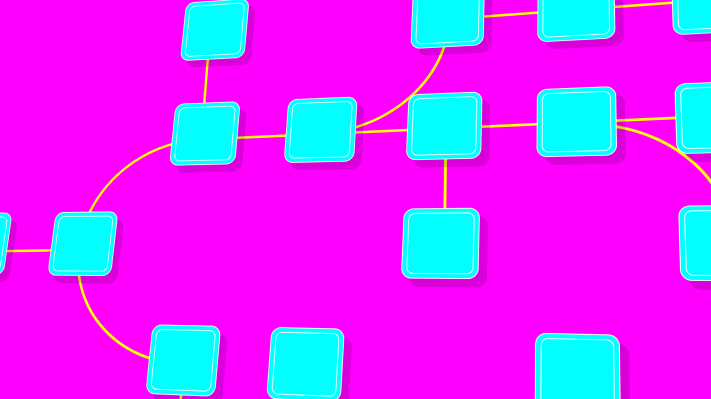Hyperledger Fabric, the open source distributed ledger project from Hyperledger, reached a significant milestone today when it released version 1.0.
Hyperledger Fabric is a distributed ledger, an open source blockchain. The blockchain has been typically used to prove ownership of digital currency, but Brian Behlendorf, the executive director at Hyperledger says that this project is more focused on business use cases such as smart contracts. You could use a distributed ledger to prove the ownership of anything of value — whether land, diamonds or the provenance of parts in a supply chain.
As a real-world example, the Swift banking network routes payments between banks around the world. In the current system, it takes 1-3 days to finalize transactions. They are working on a Hyperledger Fabric application that could reduce that to just a few minutes on the blockchain.
Behlendorf says the 1.0 release comes after months of work by community members that include individuals from some of the world’s largest corporations such as SAP, IBM, Intel, American Express, Fujitsu and Daimler. There have been hundreds of proofs of concepts and pilots along with a couple of live projects, he said.
“After 16 months, we have arrived at the 1.0 release. It’s a more mature release and a real belief by developers that within some constraints, we [are ready to] push it into production,” he said. That caution comes from the fact there is still much to learn about running distributed ledger technology.
“We are still learning the DevOps of blockchain,” he said. That means building an understanding of how much it can handle. “There is still fine-tuning required in the fabric to maximize transactions per second,” he explained.
All that said, he believes the project has reached a point where it is ready to release into the world where these final issues need to be worked out in production environments. Over time as they get to further releases, they will learn more and continue to build an understanding of the underlying technology, just as with any 1.0 tech.
While there has been much talk over the last 12-18 months about the promise of blockchain in business, companies have been very much in the experimental/exploratory stage. Having a more mature open source option available that has the backing from a variety of industry types could help push it to become a more mainstream technology in the near term.
